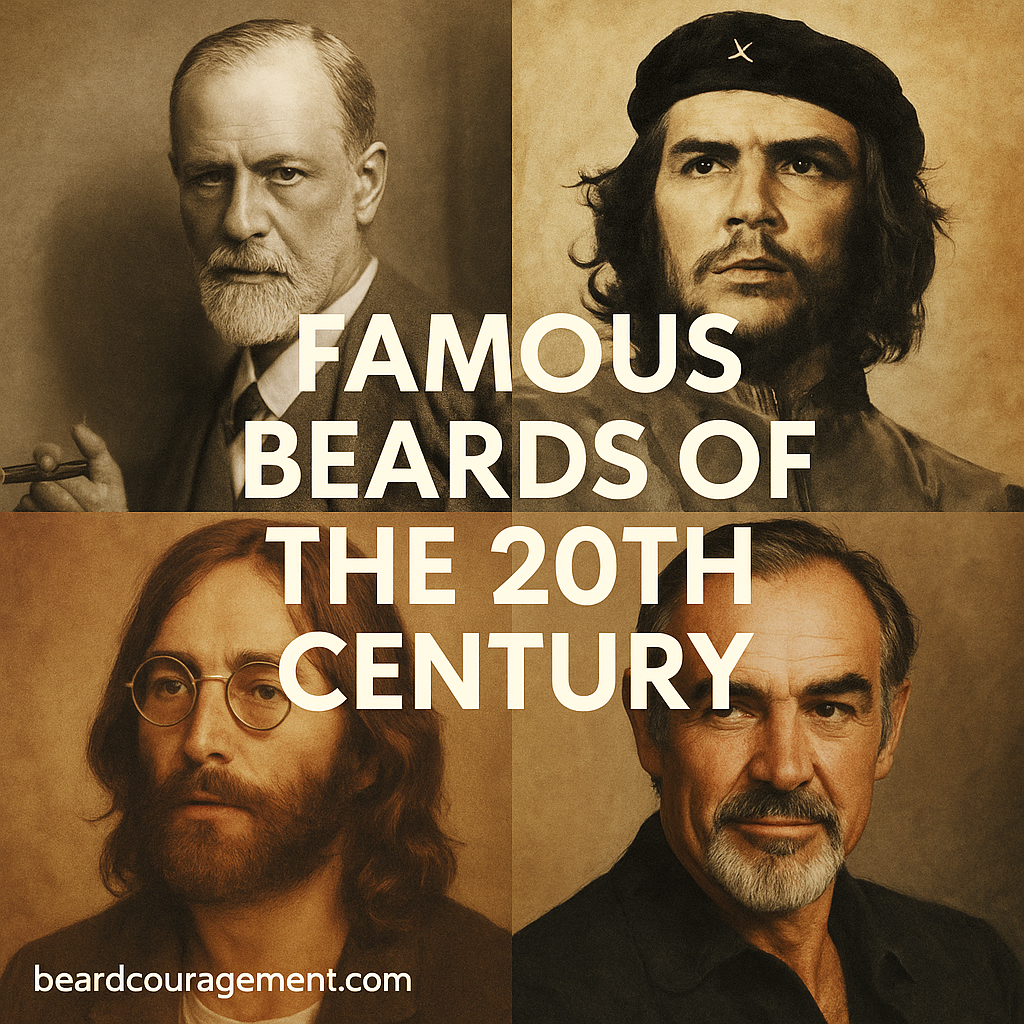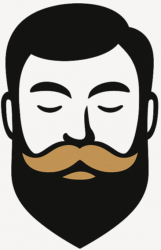
The 20th century wasn’t just a time of political movements, artistic revolutions, and scientific breakthroughs — it was also an era that reshaped how men expressed themselves through facial hair. From intellectuals and rebels to artists and rockstars, beards became more than a style — they became statements.
Let’s journey through the decades to see how the most famous beards of the 20th century reflected power, creativity, and individuality.
Early 1900s: The Age of the Distinguished Gentleman
At the turn of the century, beards were a mark of refinement. Influenced by the Victorian era, men wore full, neatly trimmed beards that symbolized maturity and authority.
Notable Figures:
- Sigmund Freud – His pointed beard and deep gaze became synonymous with intellect and psychoanalytic thought.
- Leo Tolstoy – The Russian novelist’s long, flowing beard reflected wisdom and moral gravity.
- King Edward VII – His groomed beard represented the last breath of aristocratic facial hair before the clean-shaven revolution.
Style Symbolism: Authority, intellect, and the fading grandeur of the 19th century.
1930s–1950s: The Clean-Shaven Dominance
After World War I, clean-shaven faces became a cultural norm, representing discipline, hygiene, and modernity. Beards nearly disappeared from public life during these decades — but a few figures kept the tradition alive.
Notable Holdouts:
- Albert Einstein – His iconic mustache (though not a full beard) kept the spirit of intellectual individuality alive.
- Ernest Hemingway – His rugged, salt-and-pepper beard reemerged later in his career, symbolizing adventure and masculinity.
Style Symbolism: The rebellion of thinkers and creators against conformity.
1960s–1970s: The Beard Returns as Rebellion
This era marked the true comeback of the beard. Counterculture movements, civil rights activism, and artistic freedom gave facial hair new meaning — freedom, identity, and protest.
Notable Figures:
- Che Guevara – His beard became a revolutionary symbol, representing defiance and conviction.
- John Lennon – From clean-shaven Beatle to full-bearded peace activist, his transformation mirrored a cultural shift.
- Jim Morrison – The rock icon’s scruffy, bohemian beard defined the untamed spirit of the late ’60s.
Style Symbolism: Freedom, rebellion, and self-expression.
1980s: The Power Beard
The 1980s were bold, confident, and unapologetic — and so were the beards. Businessmen, actors, and artists embraced fuller, shaped styles that reflected power and charisma.
Notable Figures:
- Tom Selleck – His iconic mustache alone became a pop culture legend.
- Sean Connery – His gray beard embodied timeless sophistication and quiet strength.
- Freddie Mercury – His sharply defined facial hair mirrored his flamboyant yet commanding presence.
Style Symbolism: Confidence, power, and masculine identity.
1990s: Minimalism and Individual Expression
In the ’90s, facial hair became more personal. Stubble, goatees, and shorter beards took over — balancing professionalism with self-expression.
Notable Figures:
- Brad Pitt – His varied beard styles reflected the era’s experimental edge.
- George Michael – The neatly shaped beard added refinement to pop culture charisma.
- Robin Williams – His gentle beard embodied warmth and authenticity, both on and off screen.
Style Symbolism: Versatility, confidence, and individuality.
What the Beards of the 20th Century Represent
Across the century, beards shifted from symbols of authority to emblems of rebellion and, finally, to statements of personal identity. Each decade redefined what it meant to wear a beard — whether it was about control, protest, or self-expression.
By the end of the 20th century, one thing was clear: the beard had transcended fashion. It became a timeless mark of authenticity — one that carried stories, beliefs, and strength.
